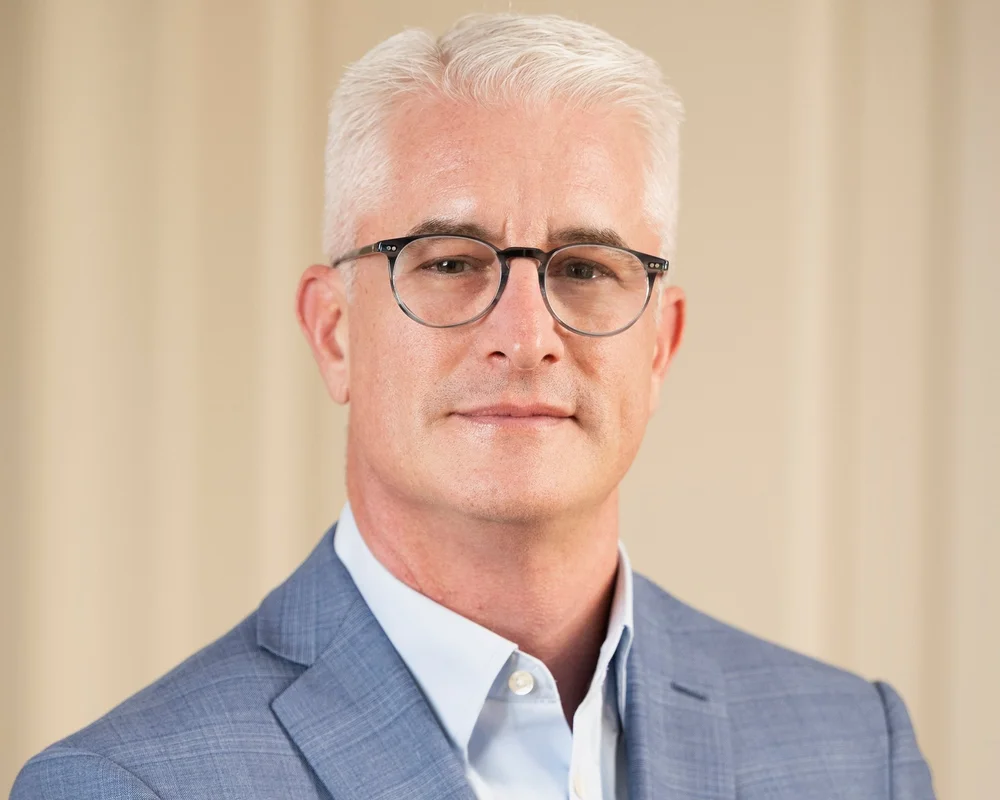 This summer saw the 20 year anniversary of the start of DE-CIX in Frankfurt. After kicking off with just 10Mbps back in 1995, DE-CIX’s flagship internet exchange passed the 4Tbps mark just this past Spring. Meanwhile, the exchange has spent the last couple of years replicating itself in new markets like New York and Dubai and a growing list of others. With us today to reflect on those early days and how the interconnection business has evolved since is CTO Arnold Nipper, who helped found DE-CIX and has been with the exchange ever since.
This summer saw the 20 year anniversary of the start of DE-CIX in Frankfurt. After kicking off with just 10Mbps back in 1995, DE-CIX’s flagship internet exchange passed the 4Tbps mark just this past Spring. Meanwhile, the exchange has spent the last couple of years replicating itself in new markets like New York and Dubai and a growing list of others. With us today to reflect on those early days and how the interconnection business has evolved since is CTO Arnold Nipper, who helped found DE-CIX and has been with the exchange ever since.
TR: In 1995, the internet was still mostly academics plus dial-up access. What drove the initial participants to form an internet exchange?
AN: I was working for Xlink in 1995, one of the Internet service providers that initially connected their network in Frankfurt at the Deutsche Commercial Internet Exchange – DE-CIX. The original three service providers on the exchange were Hamburg-based MAZ, EUnet from Dortmund and Xlink from Karlsruhe.
It was not especially exciting, we just said: Let’s do it. Xlink had been interconnected with EUnet since 1992. So for us, connecting to DE-CIX then just provided us a new interconnection to MAZ. But the three of us together, that was the start of DE-CIX.
TR: At what point did you realize how big a phenomenon DE-CIX might become?
AN: We had already realized the importance back in 1995. We had founded the exchange, but we had no idea how to grow the circle. It made no sense to found another company, and we weren’t enough people for an association. When DE-CIX came into operation in May 1995, at first, nothing happened. But there were several commercial providers very keen on connecting as soon as DE-CIX was ready for that. One provider even contacted Germany’s cartel office, afraid the three providers wanted to build a monopoly. That was the moment when we realized that it was going to be important.
TR: If it was suggested in 1995 that DE-CIX would carry more than 4Tbps of traffic in 2015, would you have believed it?
AN: We only carried megabits in 1995. Terabits is million-fold of those numbers. No one even thought of gigabits at that time – we didn’t even know what gigabits were. And surely no one talked abut petabits and exabits like we do now. It was unbelievable. Definitely no one would have imagined that.
I like to look at and compare our growth in terms of the global population. At the end of 2000, DE-CIX was carrying roughly 700 megabits of peak traffic. Compare that with the world’s population: today we have approximately 7.2 billion people, and DE-CIX now carries more than 4.4 terabits of traffic. If the world’s population grew as fast as DE-CIX traffic volumes have grown, then the world population would not even have looked like a city like New York. It only would have been a little more than 1 million people in 2000!
It’s just a huge amount of traffic.
TR: The past twenty years have seen boom times but also some very lean, difficult times. Was there ever a point you doubted that DE-CIX would continue to thrive?
AN: No. There was never a doubt that DE-CIX would thrive and grow. At the end of 2000 when the Internet economy collapsed, we still saw a good increase in customers and traffic. We always grew by ~20% per year, even back then. In the aftermath of those Internet bubble years, we did see a lot of churn, but the number of new customers was always big, too.
Our customer base at the time still consisted of the old-school Internet service providers (incumbents, local, regional ISPs from Germany and surrounding countries, bigger networks from the US). We started with national providers. I don’t remember who the first international provider was that didn’t have a German presence.
TR: How has the technology underlying the concept of the IX changed since DE-CIX was founded? Has it been a steady evolution, or has it happened in bursts?
AN: Actually, we have only done one major change so far – this was from a classical Ethernet Internet exchange to an MPLS-based Internet exchange. From the customer side, it’s still the same. But how we handle traffic internally, this is what’s different. A small to medium-sized exchange is pure Layer 2 technology – it’s simple and easy to handle.
When an exchange grows, you have to add switches, balance traffic and much more. For that, MPLS/VPLS is better. That’s what the introduction of DE-CIX Apollon did for us back in 2013. The internal DE-CIX technology looks completely different than it did two years ago. But the customer didn’t notice anything.
We built a completely new optical network – where before we used passive 10G DWDM, we upgraded to active 100G technology. On the next layer, we switched to an MPLS-based network. In addition to DE-CIX Apollon, we also introduced a “home brew” provisioning interface called Artemis at the same time. This was a completely new solution.
Preparation for the upgrade to DE-CIX Apollon was already in planning in late 2009/early 2010. We foresaw that we needed to upgrade to 100G. Our relationship with Force10 was still very strong then, and we already had the migration path built with Force10. But then they were bought by Dell, and our plans disintegrated. We had to redo everything. We later created a design with Alcatel-Lucent and made the decision to move forward with them in 2012.
TR: Recently, DE-CIX has been opening new IXs both nearby and very far from Frankfurt. Do you see decentralization of the Internet’s IX infrastructure as a key trend for the next generation?
AN: I would say yes. The Internet fabric is definitely growing toward the end user/customer. When the Internet started, all the servers were centralized. File content sat in the US, and this was quite expensive for those of us on the other side of the Atlantic. What people realized over time became the success of CDNs like Akamai, Limelight and others: that we need content closer to the end user.
Now, you more or less have a layered Internet. The network that connects all this is on top of that. With this decentralization, it makes sense to have IXs in the local environments to be closer to the eyeballs, to dump or pull traffic locally.
There will be more decentralization – that’s what I foresee. This seems to be a natural progression. If I look at TV for us from 30-40 years ago, I never would have watched a show from Nigeria or Australia or China. But now, we have that – that’s where the Internet is going.
TR: What’s the most difficult hurdle (technical or organizational) you’ve had to overcome during DE-CIX’s 20 years?
AN: It was not the technical hurdles. Tech problems give you some headaches, but they are more or less easy to solve. What we do is not rocket science. Using MPLS and VPLS has been done for years, it’s easy to handle.
When DE-CIX started, it was a small group of people. There was no real organization, and this does not scale. Within this group, the primary interest you have is to interconnect, to make sure traffic goes from Point A to Point B. But there were also lots of different interests – you can imagine how loud it was.
The biggest hurdle was to migrate away from this chaotic situation and bring it into the organization we currently have, DE-CIX Management GmbH. Now, after much good work, we have scalability to act as a company with structured Sales, Marketing, Engineering and other departments. The company itself was actually formed in 2003, and the decision was made in 2006 to add more functions. Harald Summa, our CEO, and I understood more and more that an exchange is a community, but it must also be a professional organization.
TR: Thank you for talking with Telecom Ramblings!
If you haven't already, please take our Reader Survey! Just 3 questions to help us better understand who is reading Telecom Ramblings so we can serve you better!
Categories: Industry Spotlight · Interconnection · Internet Traffic






Discuss this Post